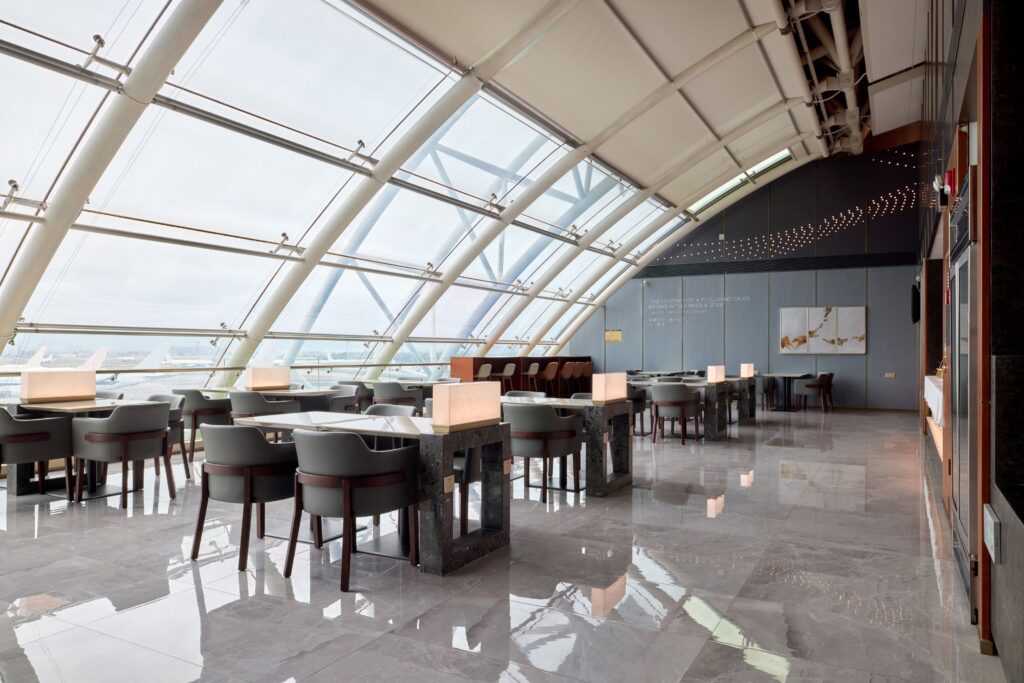
It’s been a rough year for Star Alliance membership. It lost SAS to SkyTeam and now it’s set to lose Asiana after its merger with Korean Air was approved.
But it’s still the largest airline alliance in the industry, ahead of SkyTeam and Oneworld. Star Alliance members include United Airlines, Air Canada, Lufthansa and Turkish Airlines.
Skift spoke with Star Alliance CEO Theo Panagiotoulias about the alliance’s growth plans and strategy for 2025. Here are four takeaways from our interview.
1. Improving the Customer Experience
For Panagiotoulias his biggest priority as Star Alliance’s chief executive was continuing to improve the customer experience from booking to stepping foot on a plane.
“There are so many pain points on journeys for travelers where we see it as an opportunity to leverage the fast pacing, evolving technology to make life easier for customers,” he said.
Panagiotoulias said he breaks down the customer experience into four pillars: bookings, airport, connections and loyalty. To make the flying process more seamless across member airlines, Panagiotoulias said Star Alliance recently started trialing pre-seating assignments.
These assignments allow passengers to use one Star Alliance member’s app to pick their seating for flights on a different member carrier. Typically, when customers are booking flights on another member airline in an alliance, they would have to pick their seats on that airline’s app or website.
“What we’re trying to achieve here is to make the interline experience as online as possible,” Panagiotoulias said.
2. A Warm Reception to Lounges
Star Alliance has opened quite a few lounges in recent years, with the latest in Guangzhou, China — its first lounge in Asia.
“Guangzhou is an important market that’s served by several Star Alliance carriers, and it’s a win-win for all carriers where it’s not necessarily viable for individual carriers to go and open a lounge in that type of market,” Panagiotoulias said.
Panagiotoulias said the alliance has received “positive” feedback on its lounges, which are also found in cities like Paris, Buenos Aires, Los Angeles and Amsterdam. He added that when Star Alliance opened its lounge in Paris last year, it invested 8 million euros into the space.
Panagiotoulias said the alliance doesn’t have any future lounges planned at the moment, but it’s “always looking for opportunities to continue building out the portfolio.”
3. Star Alliance Is Satisfied With Its Network Presence
While Star Alliance is the world’s largest airline alliance, it is still geographically underrepresented in certain areas, namely, the U.K., Australia and the Gulf.
Panagiotoulias didn’t say whether Star Alliance is seeking to court any new carriers, but he did say that member airlines currently cover 90% of the globe.
He did say that the alliance was waiting on further guidance from Lufthansa on ITA’s membership. Recently, European regulators granted Lufthansa permission to acquire a majority stake in the airline.
Star Alliance also lost SAS and Asiana this year due to restructuring and industry consolidation. But Panagiotoulias said the alliance already has a loyal customer base in Scandinavia and South Korea.
“We feel very comfortable with where we’re positioned,” he said.
4. Climate Change Commitments Will Not Change
It is currently unclear how the outcome of the U.S. presidential election will impact the industry’s commitments to climate change. President-elect Donald Trump has previously expressed interest in scrapping the tax credits for sustainable aviation fuel outlined in the Inflation Reduction Act.
SAF has already faced some difficulties with scaling and production. Some airline executives have even said they believe sustainable flying is a fruitless endeavor.
But Panagiotoulias said that member carriers’ commitments to IATA’s net zero emissions by 2050 goal will not change.
“All our member carriers collectively have committed to the 2015 net zero objective,” he said. “That will not change.”
Airlines Sector Stock Index Performance Year-to-Date
What am I looking at? The performance of airline sector stocks within the ST200. The index includes companies publicly traded across global markets including network carriers, low-cost carriers, and other related companies.
The Skift Travel 200 (ST200) combines the financial performance of nearly 200 travel companies worth more than a trillion dollars into a single number. See more airlines sector financial performance.
